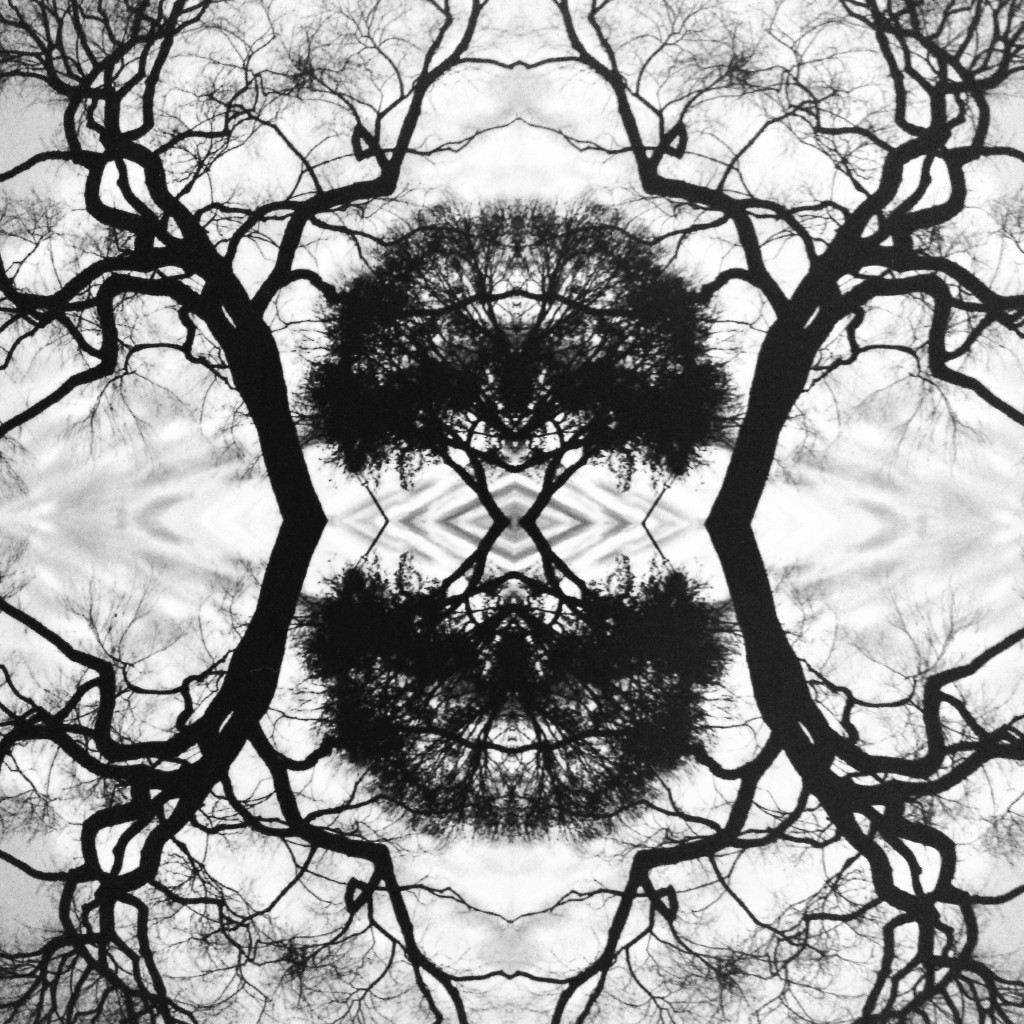Jazz musician, composer and conductor Adam Rudolph’s latest album is a widely varied work that does justice to its own title. Sonic Mandala takes listeners on a journey ranging from free jazz, to north Indian tabla music, using instruments from many different styles and cultures. In a general sense, the most impressive aspect of the whole album is how Mr. Rudolph uses instruments that are not ‘of’ a style or genre of music, to create the pastiche that has been melded together from instruments at hand. By doing this, he creates a sound world that reflects instrumentation and players that he does not have.
The album itself jumps between sections that are alternately almost entirely composed jazz or world music pieces, to more openly improvised tracks that situate themselves nicely over a structured rhythmic section, to parts that sound almost like free jazz.
On my first listen through of the album, I found that the work’s focus on returning to the music of the first track was interesting, but structurally predictable. Initially, I questioned the choice entirely on the aesthetics of the return, as I felt that in the return to the primary material, a more apparent change should have occurred. But as I worked through the thick of the middle sections on re-listens, I found that the return was satisfying, and after reading the liner notes to the album and other descriptions about the work by Mr. Rudolph, the structure also made conceptual sense.
From the composer himself:
“The idea of a sonic mandala came to me because of the circularity I heard, felt and understood in many music cultures. As pattern-based music orbits around and around it becomes a call. It’s a call to center into the collective state of the moment…”
“Contemplation of a mandala returns us from the illusion of individual existence into a way of living in resonance with the wholeness of nature. In music we can call this practice Sonic Mandala. In it we generate ostinatos of circularity that play in a synchronized sound weaving of space and motion…”
The aesthetic stasis of these two outer movements (and the extended, three track, central movement, Part VII) were what I found to be the most fascinating. The textural, sonic, color tracks that make up the body of the rest of album remind me more of the space-time music of indeterminate or totally serial composers, where moments in music act as objects to be considered and then related.
With these outer movements and Part VII, Mr. Rudolph got in touch with his rhetorical side, where a line develops, and the fantastic rhythmic section takes us along on a journey that our ears can sit in with relaxed pleasure.
